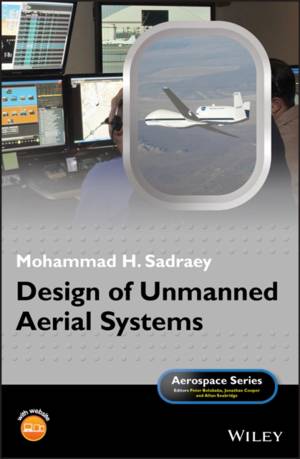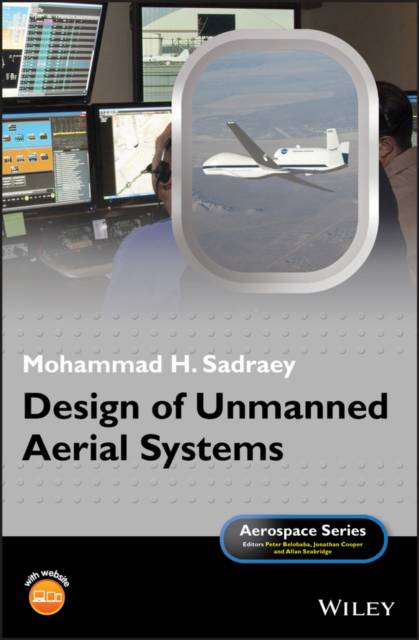
- Retrait gratuit dans votre magasin Club
- 7.000.000 titres dans notre catalogue
- Payer en toute sécurité
- Toujours un magasin près de chez vous
- Retrait gratuit dans votre magasin Club
- 7.000.0000 titres dans notre catalogue
- Payer en toute sécurité
- Toujours un magasin près de chez vous
Description
Provides a comprehensive introduction to the design and analysis of unmanned aircraft systems with a systems perspective
Written for students and engineers who are new to the field of unmanned aerial vehicle design, this book teaches the many UAV design techniques being used today and demonstrates how to apply aeronautical science concepts to their design.
Design of Unmanned Aerial Systems covers the design of UAVs in three sections--vehicle design, autopilot design, and ground systems design--in a way that allows readers to fully comprehend the science behind the subject so that they can then demonstrate creativity in the application of these concepts on their own. It teaches students and engineers all about: UAV classifications, design groups, design requirements, mission planning, conceptual design, detail design, and design procedures. It provides them with in-depth knowledge of ground stations, power systems, propulsion systems, automatic flight control systems, guidance systems, navigation systems, and launch and recovery systems. Students will also learn about payloads, manufacturing considerations, design challenges, flight software, microcontroller, and design examples. In addition, the book places major emphasis on the automatic flight control systems and autopilots.
- Provides design steps and procedures for each major component
- Presents several fully solved, step-by-step examples at component level
- Includes numerous UAV figures/images to emphasize the application of the concepts
- Describes real stories that stress the significance of safety in UAV design
- Offers various UAV configurations, geometries, and weight data to demonstrate the real-world applications and examples
- Covers a variety of design techniques/processes such that the designer has freedom and flexibility to satisfy the design requirements in several ways
- Features many end-of-chapter problems for readers to practice
Design of Unmanned Aerial Systems is an excellent text for courses in the design of unmanned aerial vehicles at both the upper division undergraduate and beginning graduate levels.
Spécifications
Parties prenantes
- Auteur(s) :
- Editeur:
Contenu
- Nombre de pages :
- 672
- Langue:
- Anglais
- Collection :
Caractéristiques
- EAN:
- 9781119508700
- Date de parution :
- 13-04-20
- Format:
- Livre relié
- Format numérique:
- Genaaid
- Dimensions :
- 175 mm x 249 mm
- Poids :
- 1270 g

Les avis
Nous publions uniquement les avis qui respectent les conditions requises. Consultez nos conditions pour les avis.






